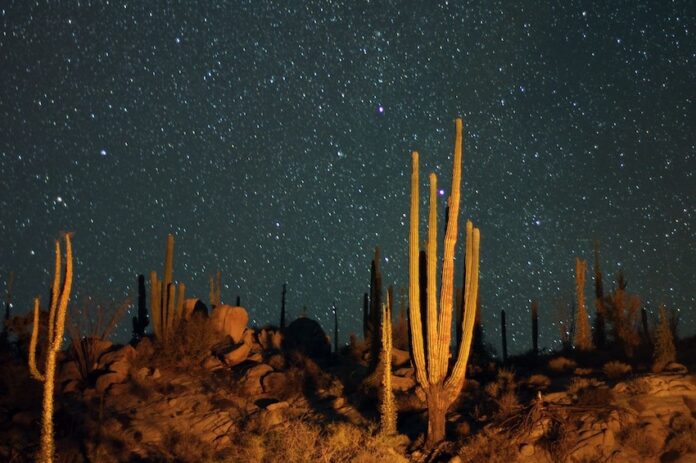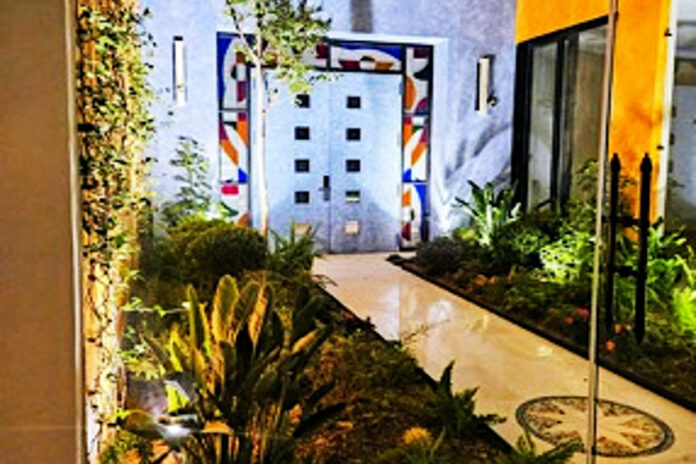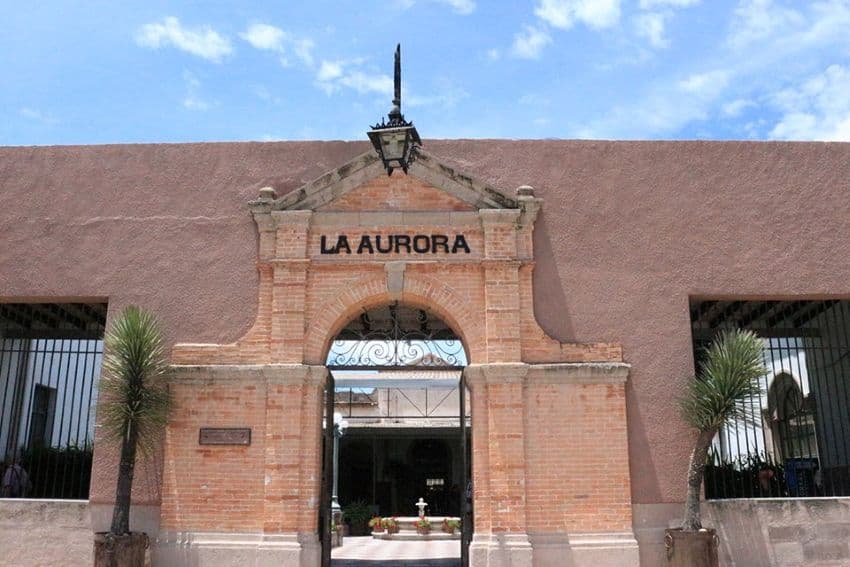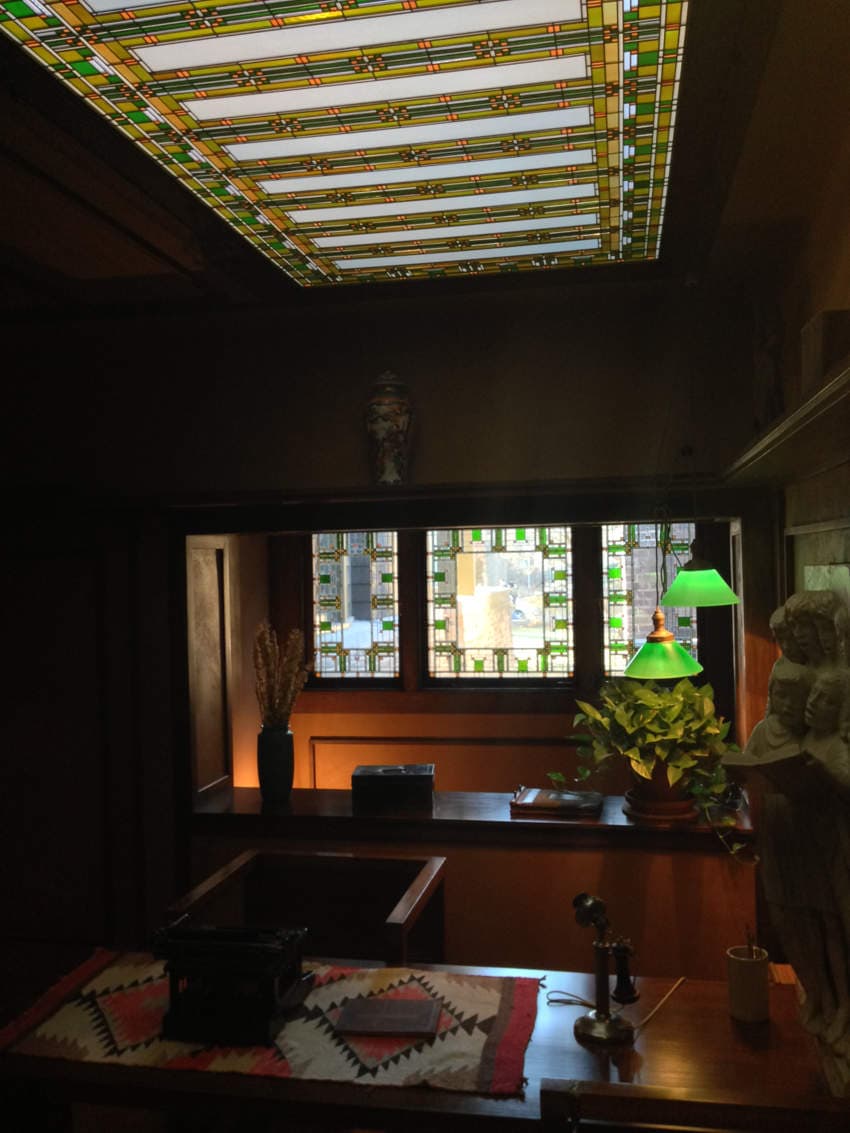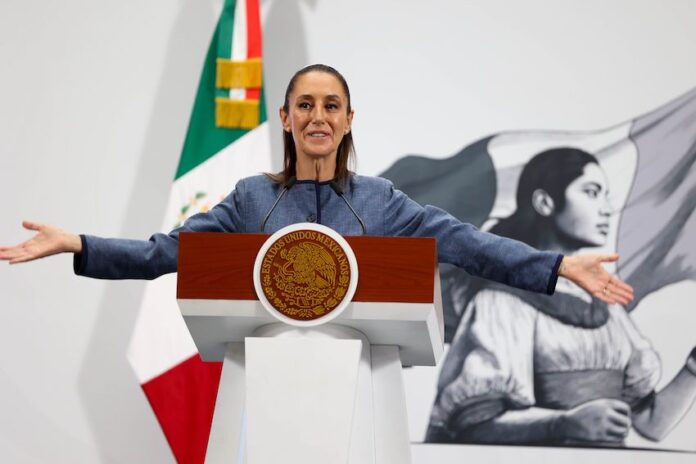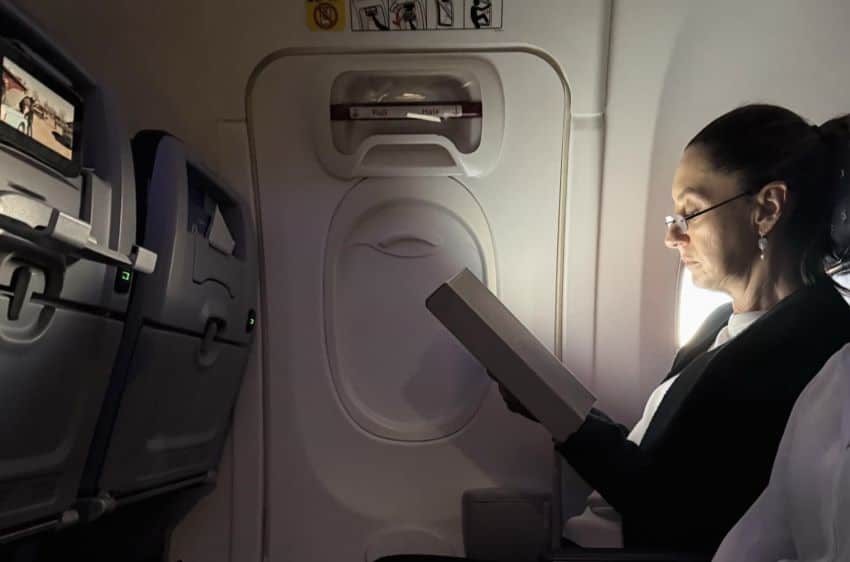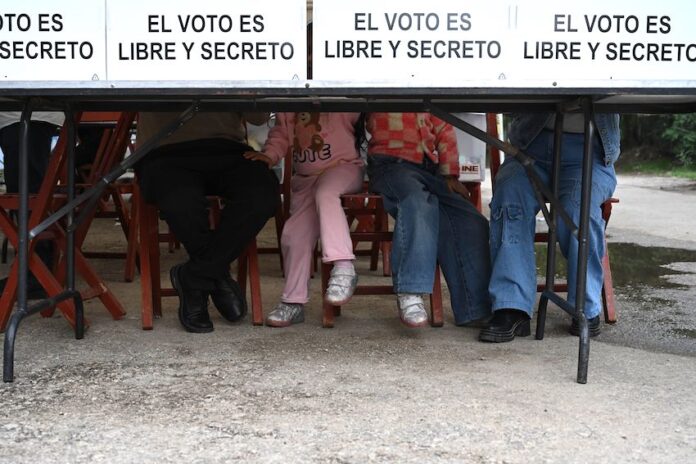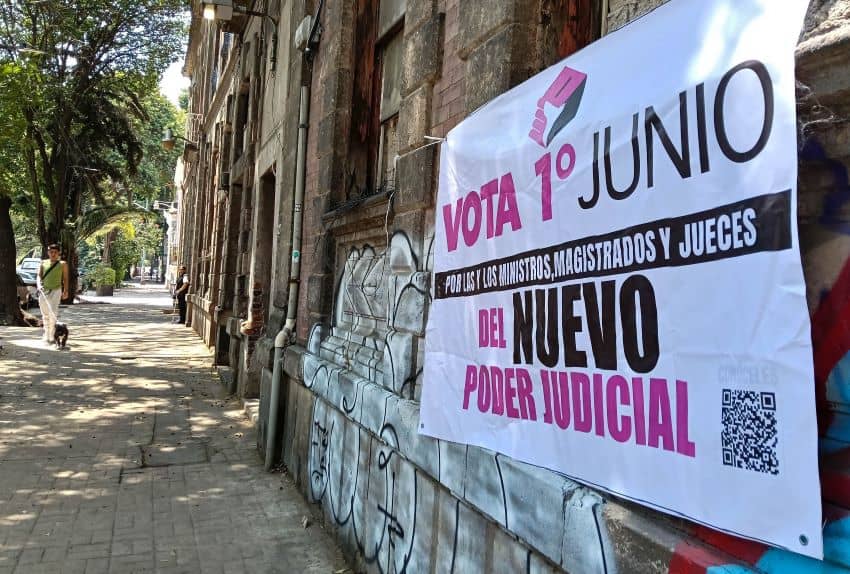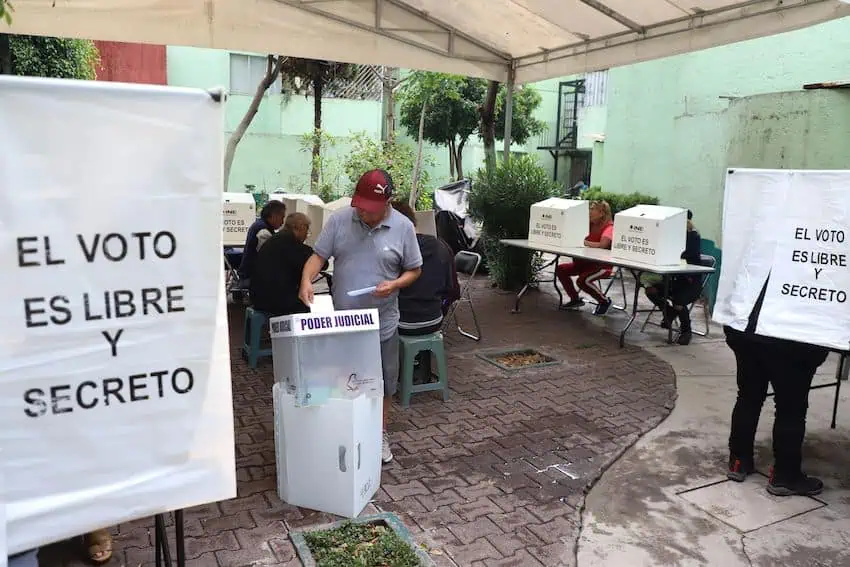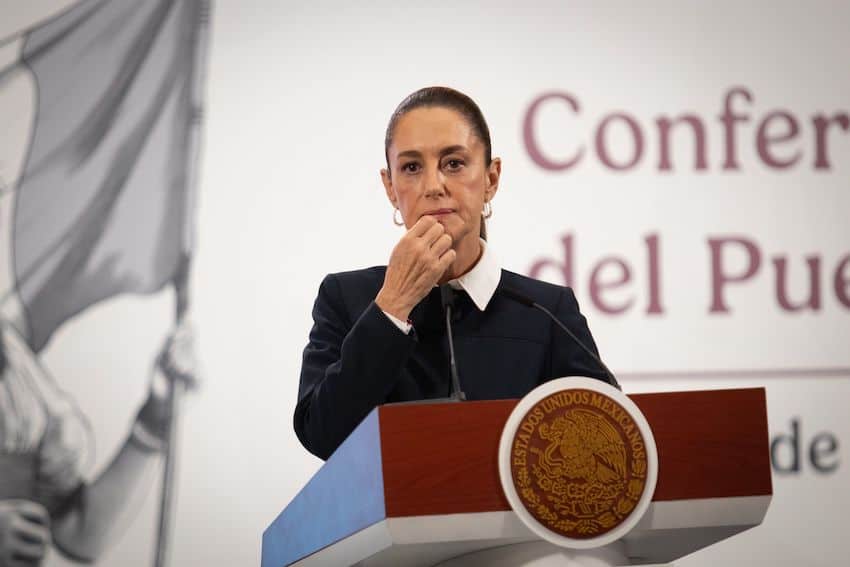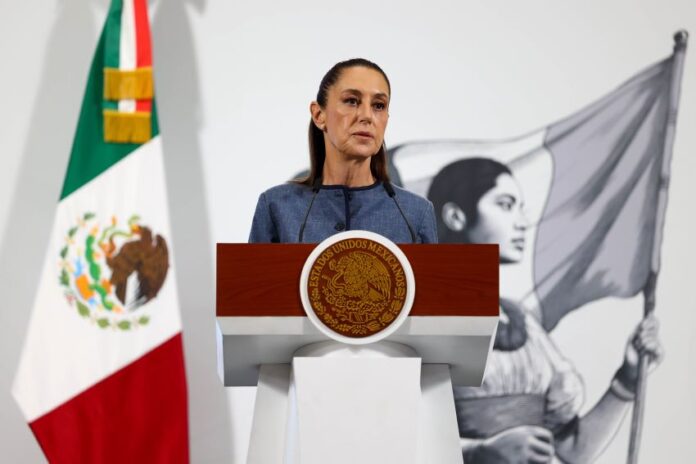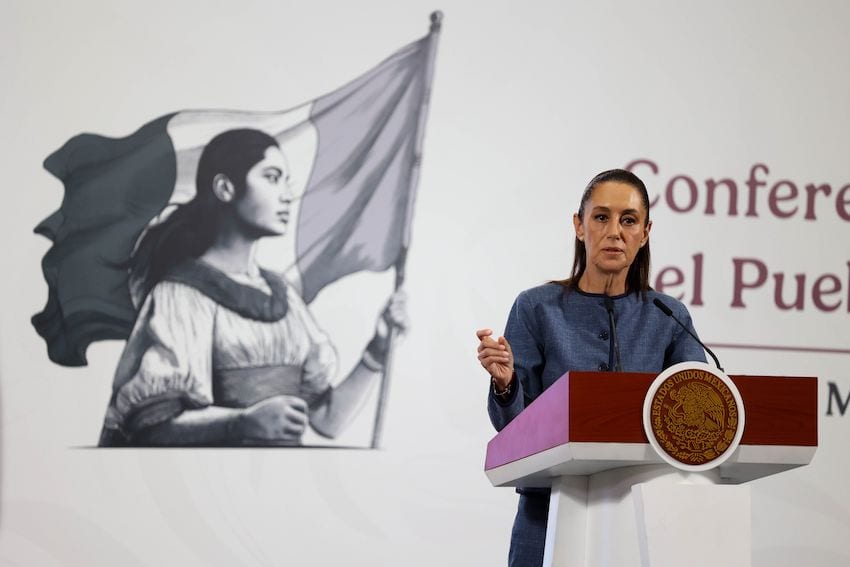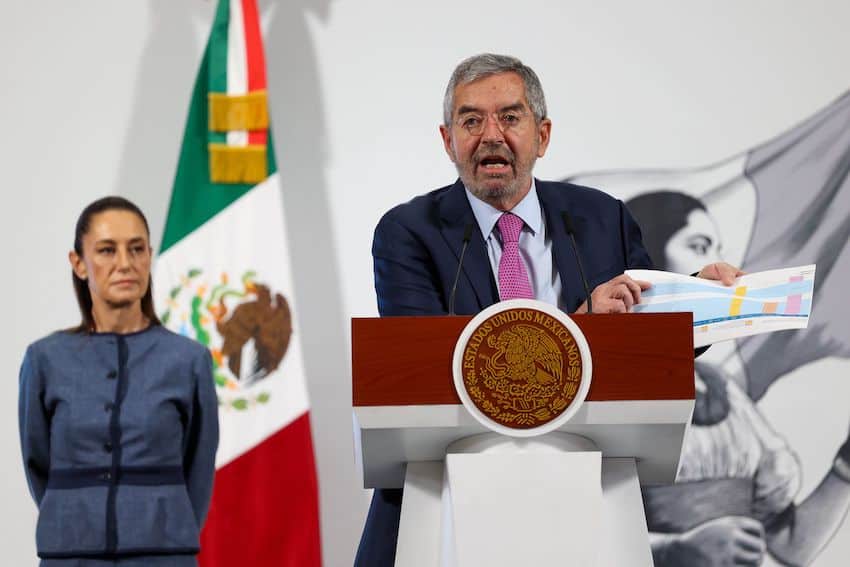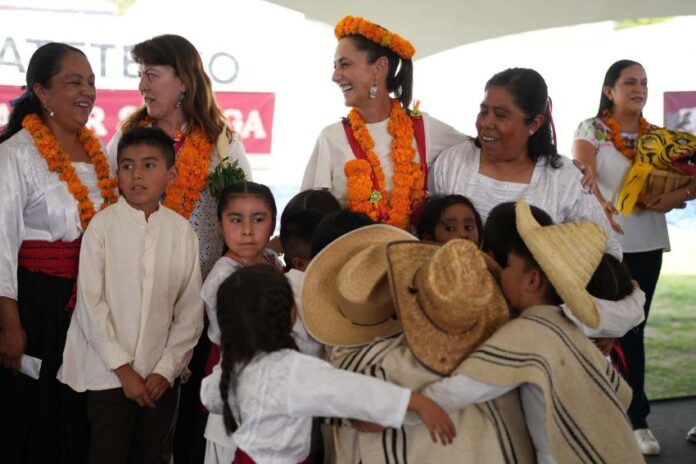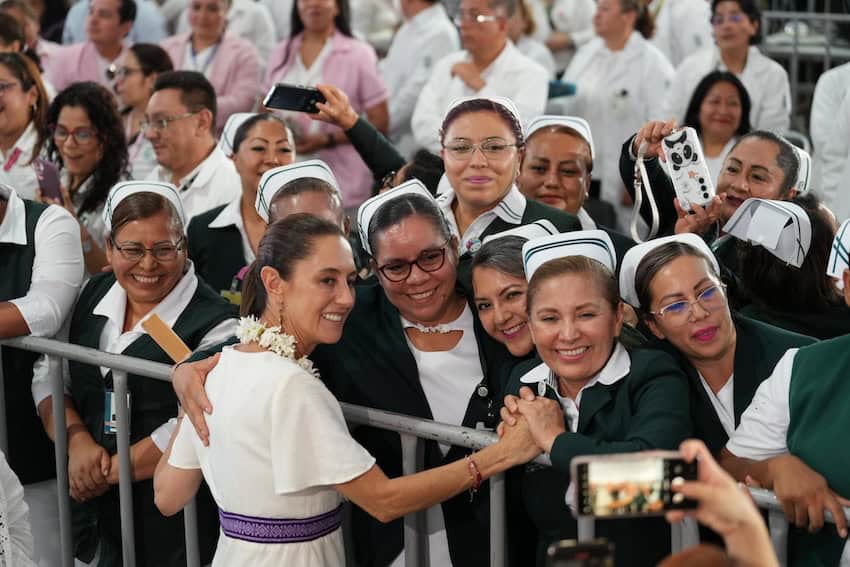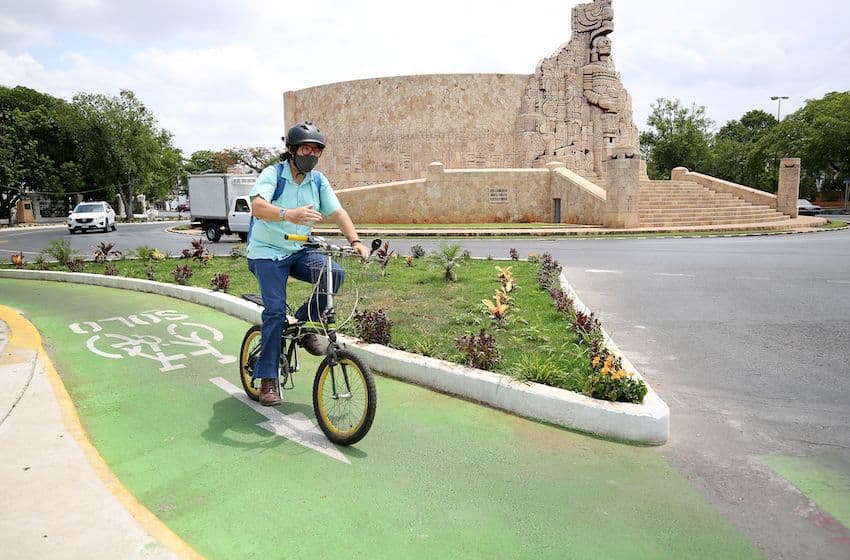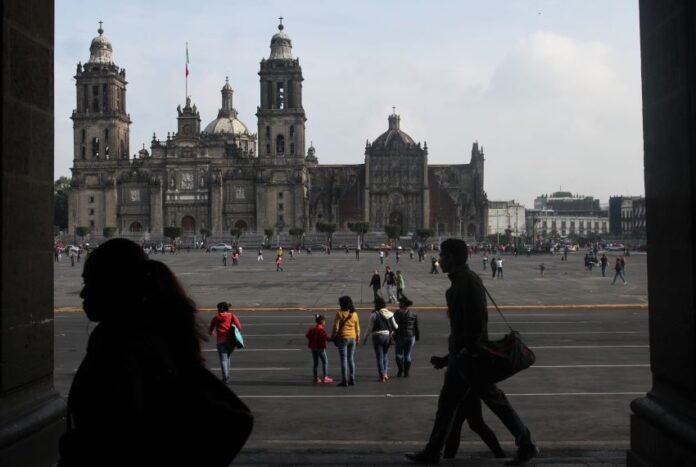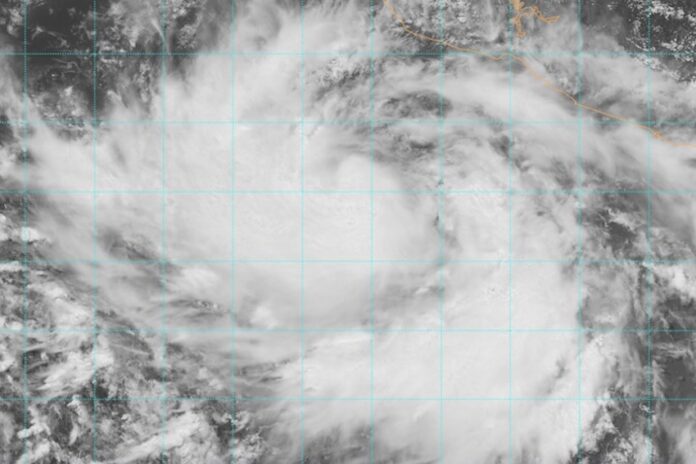For most of human history, people have felt connected to the cosmos. How could they not when the night sky was teeming with stars?
In modernity, this kind of connection has become less common, since 58% of the eight billion plus people who currently inhabit Earth live in cities, urban areas plagued with light pollution due to numerous factors, including the high density of artificial lights, many of which are continuously illuminated, producing a hazy skyglow effect that mutes the brilliance of the night sky. So completely have views been inhibited by light pollution that an estimated 80% of North Americans can no longer see the Milky Way.
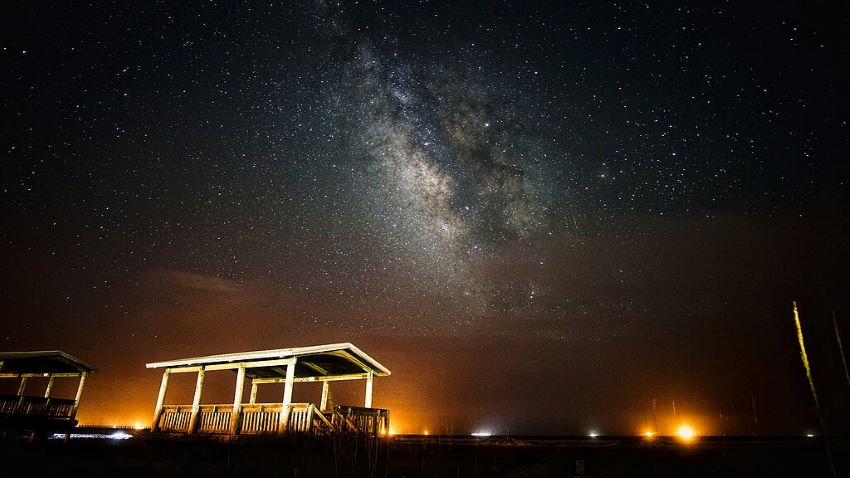
Fortunately, despite increasing pollution, there is a growing movement to protect dark sky sanctuaries. Baja California Sur (BCS), the state with the weakest population density in Mexico, has many of them.
The dark sky movement
To be clear, BCS has no sites officially certified by Dark Sky International, the non-profit organization that has advocated for conserving dark sky areas since 1988. The organization has added far more in the past decade, growing from 54 Dark Sky protected places in 2015 to 150 in 2020 and 230 by 2024. Additions include the Greater Big Bend International Dark Sky Reserve, which spans over 15,000 square miles across the U.S. and Mexico — primarily in Texas and Coahuila — and is the largest Dark Sky place in the world since being certified in 2022.
The uptick in Dark Sky-recognized parks, sanctuaries and reserves reflects interest in the astrotourism market, which is expected to grow from US $250 million in 2023 to $400 million by 2030. BCS has been a beneficiary of this increased tourism. Although it boasts no certified areas, it is so sparsely populated—less than 800,000 residents as of 2020—that there is little light pollution.
The astronomical history of BCS
BCS’s suitability for star gazing has long been known. Indeed, it was one of the sites chosen for observations during the legendary 1769 Transit of Venus. Heeding the suggestions of Edmond Halley — yes, the one the comet is named for — hundreds of astronomers participated in an attempt to gather precise enough data to accurately measure the distance from Earth to the sun.
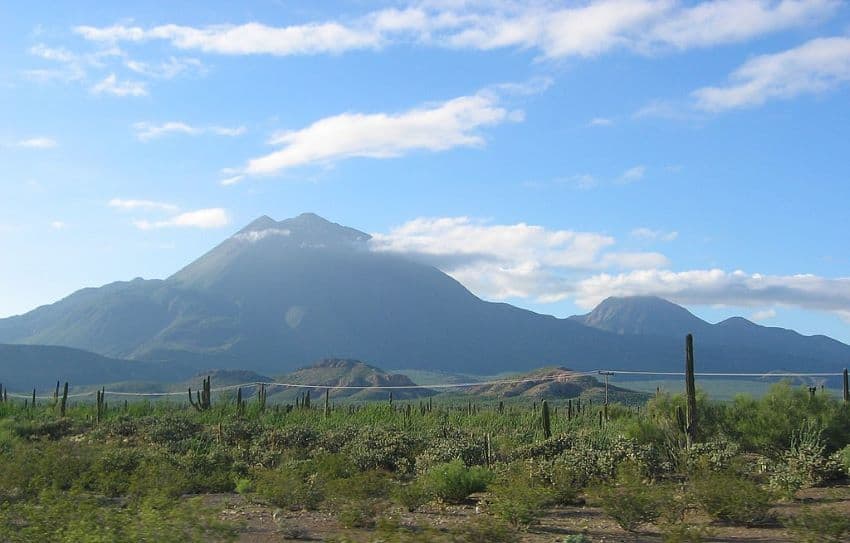
A team led by French astronomer Abbot Jean-Baptiste Chappe d’Auteroche arrived in San José del Cabo in May 1769, managing to record observations there and at Real de Santa Ana, the region’s first mining operation south of San Antonio. However, this project proved a perilous undertaking given the dangers of traveling during the 18th century. Due to yellow fever, only two of the 28 members of the team made it home alive.
The best places to view the stars in BCS
There’s no danger of contracting yellow fever in Baja California in 2025, but the great night sky visibility remains. This has been conclusively proven by a collaborative study by the astronomical societies Mira and Merak in conjunction with the Consejo Sudcaliforniano de Ciencia y Tecnología. Since December 2023, members of these groups have been measuring the visual magnitude of visible light per square arcsecond using SQM-L photometers.
In other words, researchers measured the night skies of BCS, which they believe are the darkest in the nation, and have logged the magnitude levels for sites around the state to determine which are the best for stargazing purposes. According to the light magnitude scale, numbers above 18 indicate that stars can be seen. However, only places with measurements above 21 provide the best conditions for astronomical observations, with the Milky Way visible.
Seventy sites in BCS were recorded with measurements between 18 and 21, with seven exceeding 21.5. These last are astronomical sanctuaries for night sky viewing, and include Llanito de los Becerros (21.85) and La Purísima (21.74) in the municipality of Comondú, plus Playa El Coyote (21.73) and Volcán de las Tres Vírgenes (21.57) in Mulegé. Cañón de la Zorra (21.55) was the best site in Los Cabos, the state’s most popular tourism destination.
Those sites are the stargazing gold standard in BCS. Some, it should be noted, are in remote areas. Cañón de la Zorra, a nature preserve with a picturesque waterfall west of Santiago, in the foothills of the Sierra de la Laguna mountain range that runs up the center of the state between Los Cabos and Paz, is a great option for visiting stargazers thanks to the nearby Rancho Ecológico Sol de Mayo, which offers camping and cabins for overnight stays.
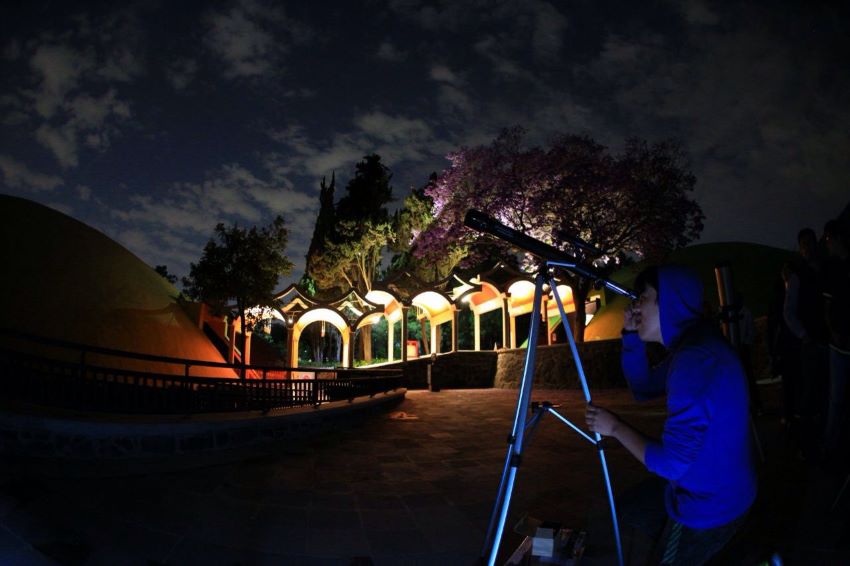
But as the numbers show, great stargazing is found around the state, including in and around cities and tourist destinations. For instance, Playa El Tecolote, outside La Paz, measured 20.88, while La Ribera, home to the Four Seasons Resort Los Cabos at Costa Palmas, rated 20.84.
Stargazing events and features in Los Cabos and BCS
While few, there are occasional stargazing events in BCS. La Paz, for example, was one of many sites across Mexico to host a Noche de las Estrellas in November 2024 to celebrate the anniversary of the death of Marie Curie, the first woman to win the Nobel Prize. More recently, over a weekend in early 2025, Loreto held the first Cielo Mágico astronomical festival. The historic town, which has the distinction of being the first capital of California long before the modern U.S. state existed, is also a great stargazing destination, thanks to a light magnitude of 20.04.
Although there isn’t a specific measurement for Cabo San Lucas and San Jose del Cabo, each offers dark skies, particularly away from the city centers. Two luxury resorts in Los Cabos are particularly notable for their stargazing features. One is Las Ventanas al Paraíso, which provides telescopes in every suite for those interested in viewing the heavens. Grand Velas Los Cabos is the other, offering a special stargazing package complete with a personal telescope and guide to the heavenly stars, plus canapés and a bottle of Champagne.
Chris Sands is the Cabo San Lucas local expert for the USA Today travel website 10 Best, writer of Fodor’s Los Cabos travel guidebook and a contributor to numerous websites and publications, including Tasting Table, Marriott Bonvoy Traveler, Forbes Travel Guide, Porthole Cruise, Cabo Living and Mexico News Daily. His specialty is travel-related content and lifestyle features focused on food, wine and golf.
